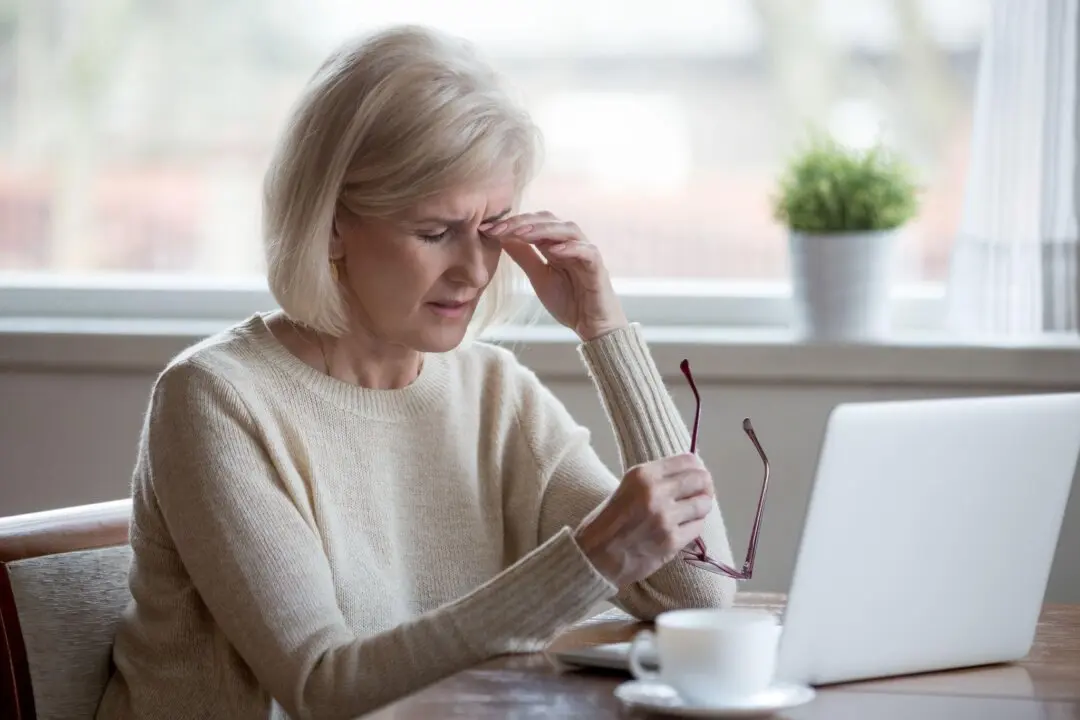Fans of traditional Chinese and Asian culture will be pleased to learn that a series of major expansions are coming to Taiwan’s National Palace Museum, known for its rich showcase of art and artifacts from multiple imperial dynasties.
The museum, based in Taipei, capital of Taiwan, will be seeing its grounds swell several times in size. Simultaneously, an entire southern branch will be opened in the city of Taibao in southern Taiwan’s Chiayi County.
This expansion is scheduled to open on Dec. 28, and its exhibits will offer visitors not just Chinese but also indigenous Taiwanese culture and the heritage of other East Asian nations such as Japan and Korea.
Currently, almost 700,000 artifacts are kept by the National Palace Museum, but there is only space for a few thousand at any given time.
Most of the imperial treasures currently held in the museum come from the Song, Yuan, Ming, and Qing dynasties, covering the last 1,000 years of Chinese history. There are multiple jade artifact exhibits depicting the central role this precious stone plays in the Chinese scholarly and spiritual tradition.
Other treasures include antiques, rare books, historical documents and paintings. The 3,000-some items on exhibit are switched out every few months.
The Southern Branch, designated as an Asian Art and Culture Museum, has been in the works for over a decade, when the Taiwanese government approved the project in 2004. It’s aim, according to the official website, is to integrate Taiwan’s regional culture with its greater East Asian context.





